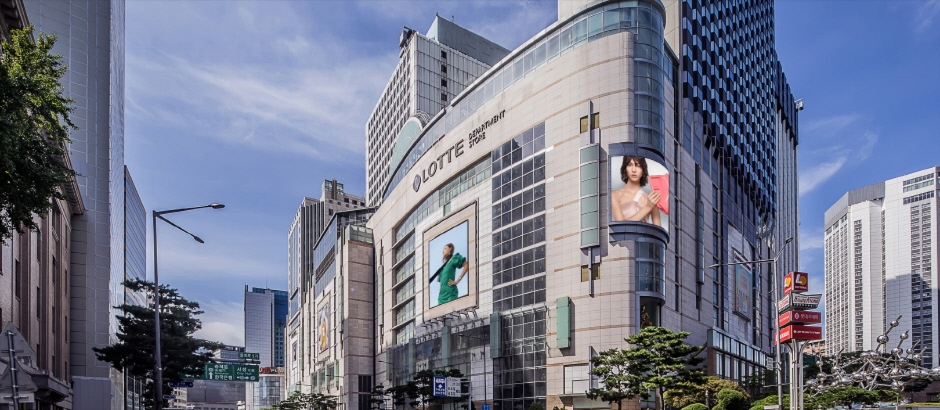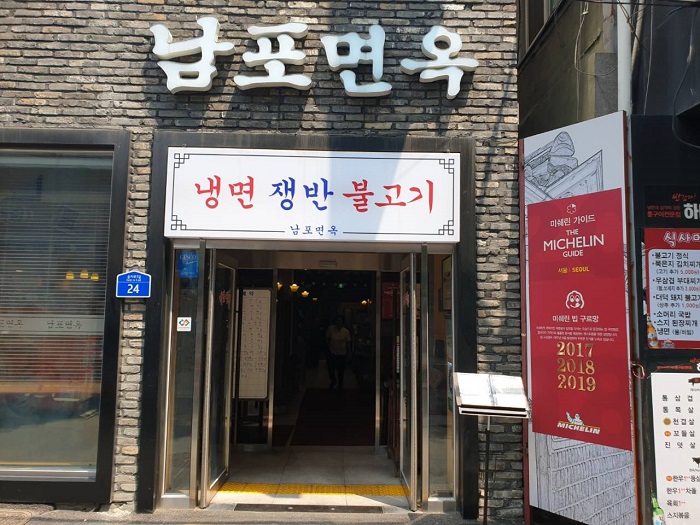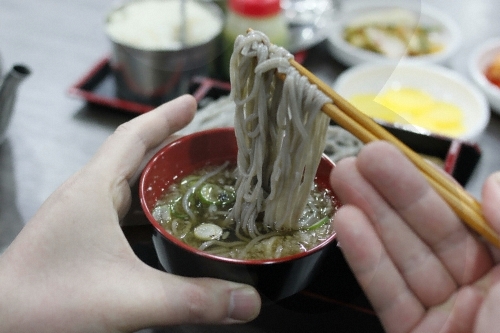LOTTE Department Store - Myeongdong Main Store (롯데백화점 (본점))
932.9M 2024-05-17
81, Namdaemun-ro, Jung-gu, Seoul
+82-2-2200-0111
LOTTE Main store is the original branch of LOTTE Department Store, situated in the heart of Korea's bustling tourism hub, Myeong-dong. Shoppers can enjoy their time in the premium life-style shopping place with Luxury & Trendy brands.
Nampo Myeonok (남포면옥)
934.8M 2024-03-07
24, Eulji-ro 3-gil, Jung-gu, Seoul
+82-2-777-3131
Located near Seoul City Hall and Cheonggyecheon Stream, Nampo Myeonok is a traditional Korean restaurant. Opened in 1968, it has been recognized by the Michelin Guide several times. Their specialty is pyeongyang naengmyeon (pyeongyang cold buckwheat noodles). The restaurant also serves a variety of other dishes that are the most commonly found in Korea, including galbi tang (galbi soup), bulgogi, mandu soup, and yukgaejang (spicy beef soup).
Mijin (미진)
934.3M 2024-03-06
19 Jong-ro, Jongno-gu, Seoul
+82-2-732-1954
Mijin is a Korean-style cold buckwheat noodle restaurant located near Gwanghwamun, specializing in Korean-style naeng memilguksu (cold buckwheat noodles). They offer a broth that is richer in flavor compared to Japanese soba bonito soy sauce, along with chewier buckwheat noodles. The restaurant produces the broth and noodles in-house and serves them directly to customers. The cold broth and buckwheat noodles condiments can be adjusted according to preference. Another popular menu is the memil jeonbyeong (buckwheat crepe) filled with bean sprouts, bean curd, aged kimchi, and ground pork.
Golden Dew - Lotte Main Branch [Tax Refund Shop] (골든듀 롯데본점)
935.2M 2024-04-17
81, Namdaemun-ro, Jung-gu, Seoul
-
Coach - Lotte Main Branch [Tax Refund Shop] (코우치 롯데본점)
935.2M 2024-04-18
81, Namdaemun-ro, Jung-gu, Seoul
-
AK Golf - Lotte Main Branch [Tax Refund Shop] (에이케이골프 롯데본점)
935.2M 2024-04-23
2F, 10, Docheong-ro, Yeongtong-gu, Suwon-si, Gyeonggi-do
-
Ganeshi - Lotte Main Branch [Tax Refund Shop] (가네시 롯데본점)
935.2M 2024-04-18
B1 of Lotte Department Store, 81, Namdaemun-ro, Jung-gu, Seoul
-
Lotte Department Store - Store Main Branch [Tax Refund Shop] (롯데백화점 본점)
935.2M 2024-04-23
81, Namdaemun-ro, Jung-gu, Seoul
-
Samantha Thavasa - Lotte Main Branch [Tax Refund Shop] (사만사타바사 롯데 본점)
935.2M 2024-04-19
81, Namdaemun-ro, Jung-gu, Seoul
-
Burberry Men - Lotte Main Branch [Tax Refund Shop] (버버리 남성 롯데 본점)
935.2M 2024-04-18
5F, 81, Namdaemun-ro, Jung-gu, Seoul
-



![Golden Dew - Lotte Main Branch [Tax Refund Shop] (골든듀 롯데본점)](http://tong.visitkorea.or.kr/cms/resource/32/2888332_image2_1.jpg)
![Coach - Lotte Main Branch [Tax Refund Shop] (코우치 롯데본점)](http://tong.visitkorea.or.kr/cms/resource/97/2888597_image2_1.jpg)
![AK Golf - Lotte Main Branch [Tax Refund Shop] (에이케이골프 롯데본점)](http://tong.visitkorea.or.kr/cms/resource/36/2889136_image2_1.jpg)
![Ganeshi - Lotte Main Branch [Tax Refund Shop] (가네시 롯데본점)](http://tong.visitkorea.or.kr/cms/resource/11/2889211_image2_1.jpg)
![Lotte Department Store - Store Main Branch [Tax Refund Shop] (롯데백화점 본점)](http://tong.visitkorea.or.kr/cms/resource/96/2889596_image2_1.jpg)

![Burberry Men - Lotte Main Branch [Tax Refund Shop] (버버리 남성 롯데 본점)](http://tong.visitkorea.or.kr/cms/resource/54/2890054_image2_1.jpg)
 English
English
 한국어
한국어 日本語
日本語 中文(简体)
中文(简体) Deutsch
Deutsch Français
Français Español
Español Русский
Русский